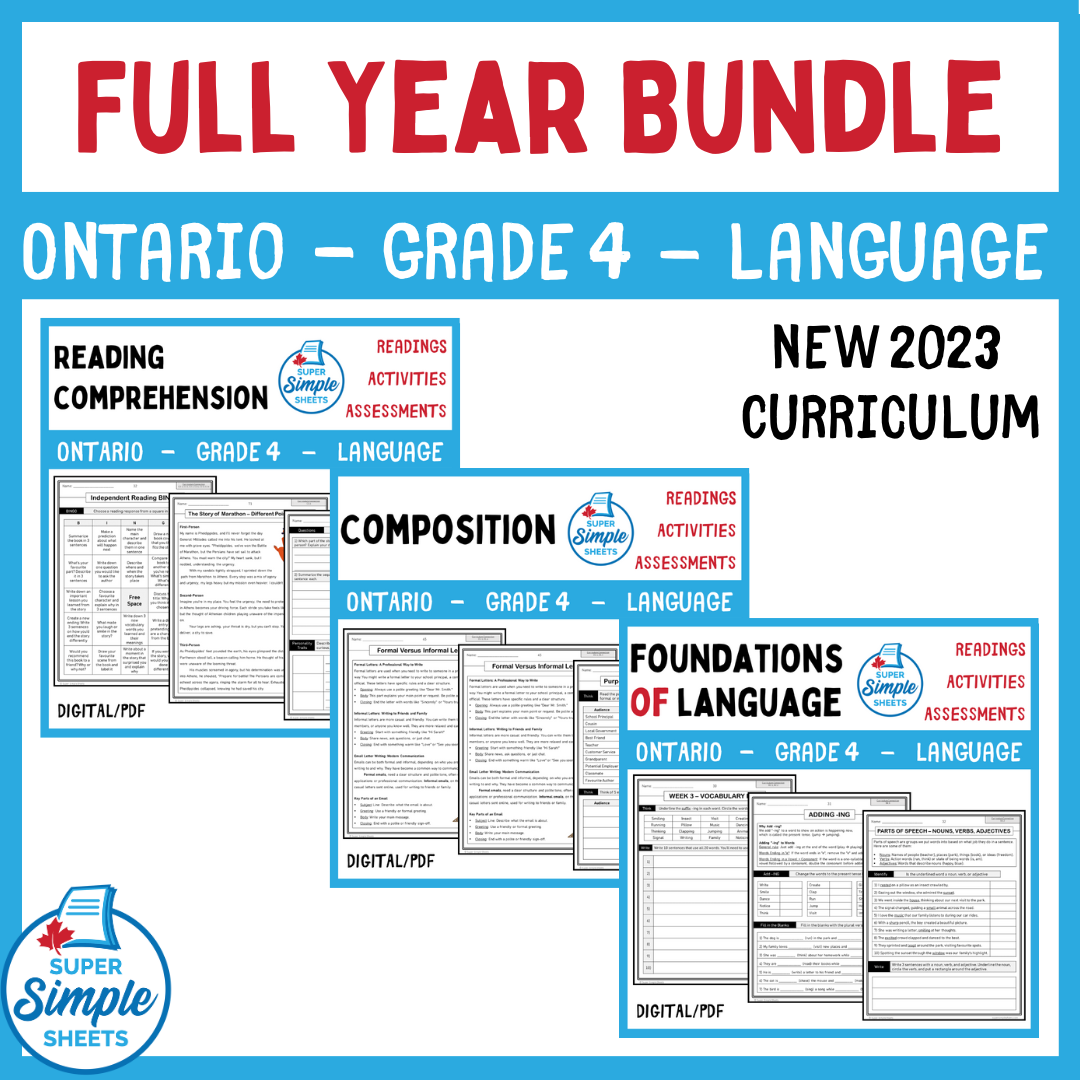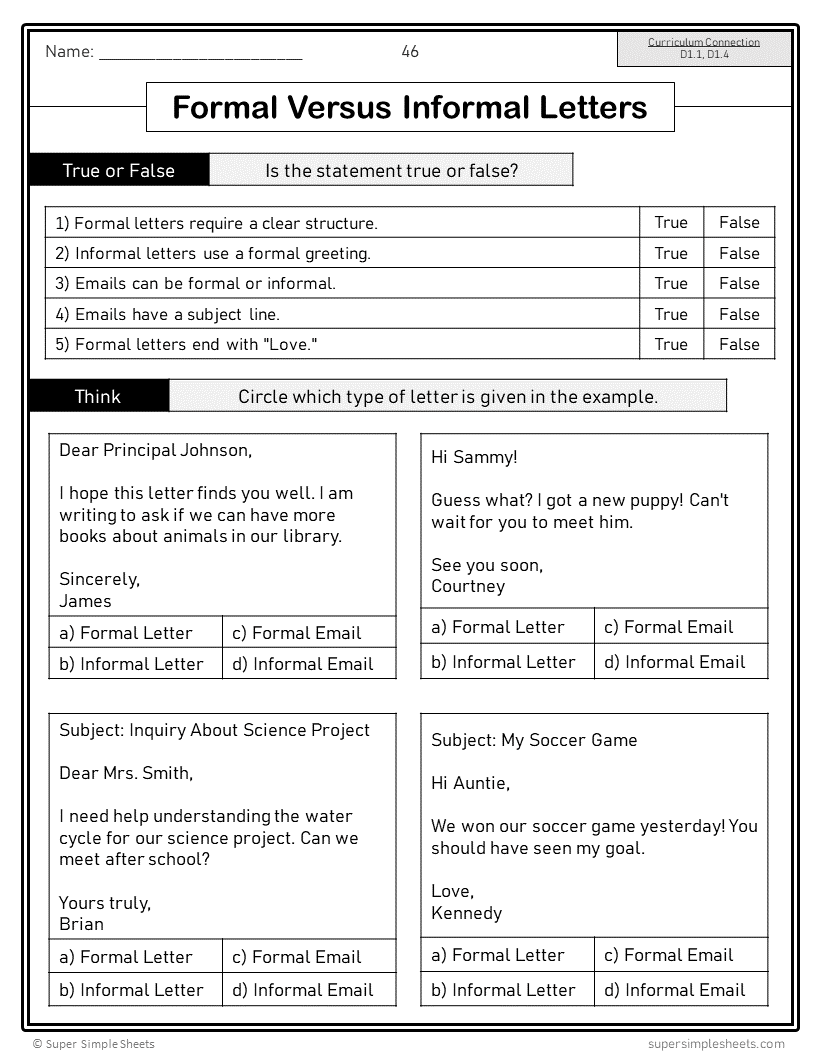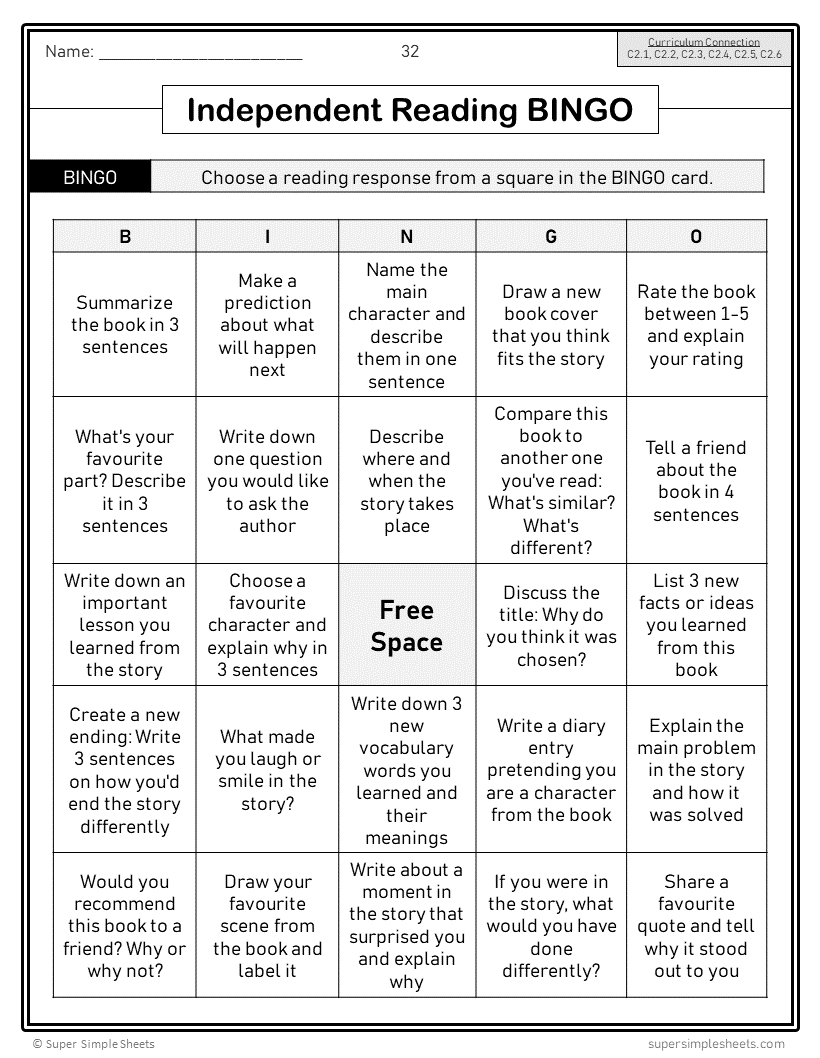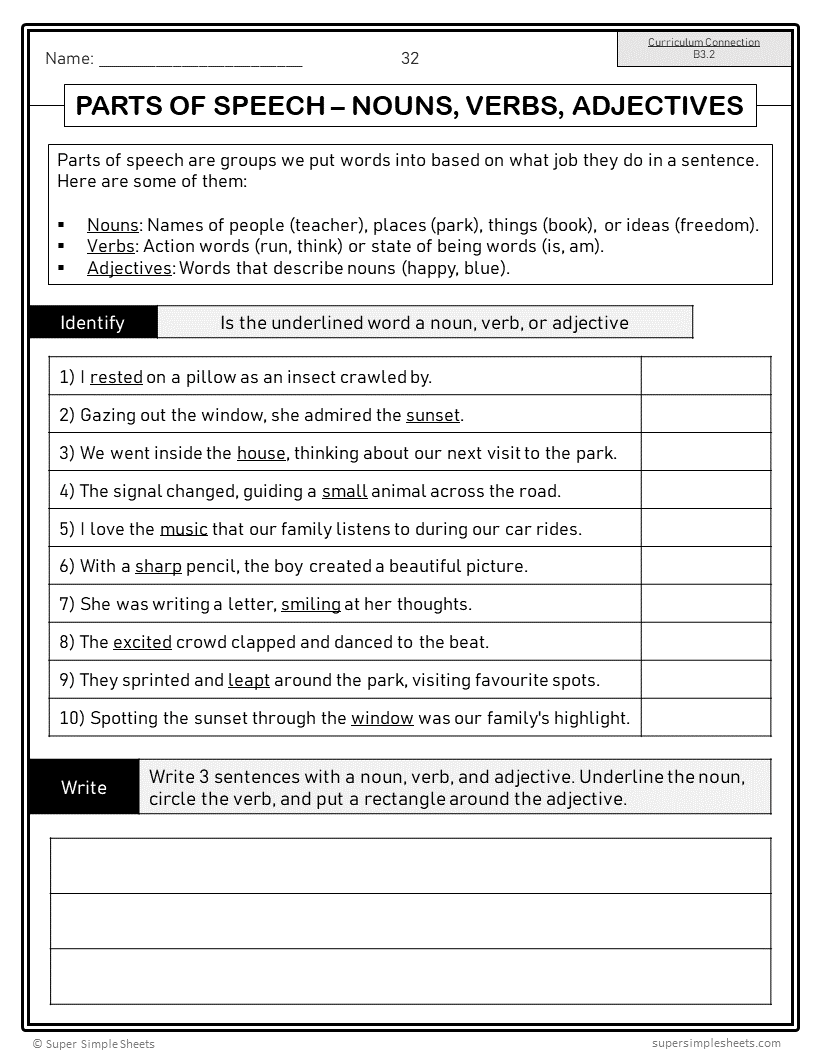Ontario Grade 4 Language - FULL YEAR BUNDLE - NEW 2023 Curriculum
Ontario Grade 4 Language - FULL YEAR BUNDLE - NEW 2023 Curriculum
Interested in a bundle? Shop below instead!
Couldn't load pickup availability
PRODUCT PREVIEW
BOTH GOOGLE SLIDES AND PDF VERSIONS INCLUDED!
FULL YEAR BUNDLE - Teaching made easy! This NO PREP bundle includes everything you need to teach the NEW 2023 Grade 4 Language Curriculum.
Foundations of Language Strand. This resource covers all expectations and learning goals in the Grade 4, 2023 Ontario Language Curriculum – Foundations of Language Strand.
There are 404 activity sheets that align perfectly to cover all expectations in the NEW Ontario 2023 Language Curriculum. Included are 30 weeks of activities that cover the curriculum strategically, allowing teachers to use spiral teaching to ensure they are covering the entire curriculum.
With the focus of the new curriculum on explicit teaching of vocabulary (tier 2 words) and Science of Reading methods, we have created 30 word lists for students to study. Your students will learn a new suffix/prefix each week, as well as new words to add to their vocabulary.
Included in this unit are the overall expectations:
B1: Oral and Non-Verbal Communication – over 10 activities/assignments to cover all specific expectations
B2: Language Foundations for Reading and Writing – included in the weekly activities, students will perform word work to improve their spelling, reading strategies, fluency, and vocabulary.
B3: Language Conventions for Reading and Writing – included in the weekly activities, students will learn about parts of speech, grammar, capitalization and punctuation.
We have also covered Strand A in Language - Literacy Connections and Applications. We have included curriculum connections for all our activities, so you can see exactly what you will be covering by completing each activity. We know this will help when writing report cards!
In addition, we have included a full-year long range plan that outlines what concepts from the curriculum you will be teaching each week, and what prefixes/suffixes/letter blends will be covered.
Some of the concepts covered:
- Complete sentences versus fragments
- Simple versus compound sentences
- Listening strategies
- Suffixes: -s, -ing, -ed, -er, -ize, -ly, -est, -ful, -less, -tion, -sion, -ness, -ment, and many more
- Prefixes: sub-, super-, ex-, in-, inter-, bio-, auto-, multi-, anti-, post-, pre-, dis-, non-, and many more
- Parts of speech – nouns, verbs, adjectives, adverbs, pronouns, prepositions, conjunctions, interjections
- Four types of sentences – declarative, interrogative, exclamatory, imperative
- Editing work – using capital letters
- Fun weekly word work – word search, crosswords, creating words, coding, word scrambles, cursive writing
- Independent and dependent clauses
- Coordinating conjunctions – FANBOYS
- Relative pronouns
- Perfect verb tense
- Capitalization of proper nouns and proper adjectives
- Paraphrasing and restating listening strategy
- Use of commas in direct address
- Decoding strategies – syllable splitting and chunking
- Complex sentences and compound-complex sentences
- Activity – silent movie summaries
- Use of apostrophes in possessives
- End of sentence punctuation
- Figures of speech – similes, metaphors, analogies, alliteration, personification, ellipses, idioms
- Homophones, homonyms, antonyms, synonyms
- Spelling – commonly misspelled words
- Commas in a list, colons in a list
- Spelling – silent letters and i before e rule
- Fluency readings
- Weekly quizzes (30 different assessments)
- Answer pages for all activities
Composition: Expressing Ideas and Creating Texts Strand. This resource covers all expectations and learning goals in the Grade 4, 2023 Ontario Language Curriculum – Composition: Expressing Ideas and Creating Texts Strand.
There are 286 activity sheets that are aligned to cover all expectations in the NEW Ontario 2023 Language Curriculum. Included are 10 blocks of content, each covering a different text form. Within each block, the overall and specific expectations are met.
This is a language program developed by a language teacher. We have included exemplars for students to formulate success criteria so they can improve their writing quality. Moreover, we’ve chunked the progressions involved with producing quality writing to ensure all students can progress.
Included in this unit are the overall expectations:
D1. Developing Ideas and Organizing Content: hands-on activities, group work, and many independent work opportunities to develop these skills
D2. Creating Texts – 13 different assignments with planning pages included to scaffold student learning
D3. Publishing, Presenting, and Reflecting – group work revision activities, success criteria, and rubrics as well as opportunities for students to present and reflect on their work.
We have also covered Strand A in Language - Literacy Connections and Applications. We have included curriculum connections for all our activities, so you can see exactly what you will be covering by completing each activity. We know this will help you when writing report cards!
In addition, we have included a full-year long range plan that outlines what concepts from the curriculum you will be teaching each week.
Some of the concepts covered:
- Types of text forms – when to use each one (narratives, letters/emails, persuasive, comic strips, reports, etc.)
- Experiment – writing with planning time versus writing without planning time (no brainstorming)
- Personal voice in writing
- How to write a paragraph – topic sentence (hook), body, conclusion
- Formal versus informal letter writing – voice in our writing
- Purpose and audience in letter writing – effect on our voice
- Narrative writing – beginning, middle, end
- Analyzing quality stories – building success criteria
- Using quotations in our narratives – dialogue
- Activity – Story Swap Revision Party
- Understanding persuasive writing
- Activity – Being Persuasive
- Understanding bias in persuasive writing
- Assignment – advertising a new invention
- Report writing – a quick guide
- Activity – Idea Factory
- Writing reports – using the facts provided to organize a report
- How to research effectively
- Activity – Online Treasure Hunt
- Report Writing – writing strong introductions and conclusions
- Types of poems – Haiku, Limerick, rhyming poems
- Assignment – writing a poetry children’s book
- Cursive writing – Limerick
- Examining bias in reviews
- Practicing summaries in book review writing
- Publishing a book review
- Comic strips – onomatopoeia and illustrating graphic texts
- Assignment - creating an online comic strip
- Biographies – cross curricular connections: Thomas Edison (lightbulb) and Thanadelthur (social studies)
- How to cite where we find research – bibliography
- Answer pages for all activities
New Ontario 2023 Language Curriculum – Reading Comprehension Strand. This resource covers all expectations and learning goals in the Grade 4, 2023 Ontario Language Curriculum – Reading Comprehension Strand.
There are 252 activity sheets that align to cover all expectations in the NEW Ontario 2023 Language Curriculum. These activities can be used on their own, or to compliment the Composition Strand. Students will learn each of the expectations as they progress through the different text forms that follow the same pattern as the Composition unit.
We’ve included a variety of activities, including independent reading responses, group activities, assignments, experiments, and hands-on activities to keep your students engaged.
Included in this unit are the overall expectations:
C1. Knowledge about Texts – taught using 10 different text forms, including narratives, cultural texts, and reports.
C2. Comprehension Strategies – we’ve included a stand-alone independent reading comprehension package (BINGO and other responses), and these strategies are taught throughout the 252-page unit.
C3. Critical Thinking in Literacy – taught throughout the resource (biases, inferences, literary devices, etc.)
We have also covered Strand A in Language - Literacy Connections and Applications. We have included curriculum connections for all our activities, so you can see exactly what you will be covering by completing each activity. We know this will help when writing report cards!
In addition, we have included a full-year long range plan that outlines what concepts from the curriculum you will be teaching each week/block.
Some of the concepts covered:
- What is reading comprehension?
- Before reading: comprehension strategies – activating prior knowledge and reasons for reading
- During reading: comprehension strategies – questioning, making connections, inferences, predictions, visualizing
- After reading: comprehension strategies – summarizing, making global and local inferences, visualizing
- Cultural text forms – creation stories and songs
- Letter writing – emails, formal and informal letters, bias
- Implicit and explicit perspectives in letter writing
- Voice in writing – use of cohesive ties and different sentence structures
- Narratives – use of literary devices: personification and anthropomorphism
- Narratives – sequencing multiple plots in a story and explaining cause and effect
- Indigenous Storywork – 7 Principles: respect, responsibility, reciprocity, reverence, holism, interrelatedness, synergy
- Indigenous storytelling – norms, sports, values, artifacts, and music
- Cross-curricular connections – stories related to themes in science and social studies (Printing Press)
- Persuasive writing – using critical thinking skills to determine bias
- Finding implicit and explicit evidence in persuasive texts
- Making inferences about persuasive texts
- Text features in reports – bold words, hyperlinks, etc.
- Reports on diversity, inclusion, and accessibility
- Summarizing reports – determining the main idea and supporting details
- Activity – group work summarizing
- Use of graphs, maps, diagrams, and pictures in reports
- Literary devices used in poetry
- Assignment – finding poems written by Indigenous authors
- Understanding haiku, acrostic poems, cinquain poems, and rhyming poems
- Bias in book reviews
- Reading different styles (voices) in book reviews
- Spatial order in graphic texts
- Text features in comics, infographics, memes, and maps
- How images, graphics, and visuals contribute to biographies
- Text features in biographies – using a glossary to understand a biography
- Answer pages for all activities
This is a comprehensive bundle that will save you hours of planning! It has everything you need to feel confident that you are covering the NEW Ontario Language curriculum.
Share




Great resource, however there's a lot of pages that are not needed in my classroom.
I purchased this to help supplement my current program and I am very impresses. It's a comprehensive package that meets Ontario curriculum.
I'm in a new grade for the first time with no textbooks and not a lot of resources. Mostly everything teachers use is online and we don't have the technology to support student learning. These resources are simple to use, clear and connected to the curriculum perfectly. I'm not sure why more people don't use these products especially since students struggle with attention, motivation and basic comprehension. These are a life saver in my opinion!
Very organized and useful!
This resource has ensured my language program is organized and ready to go each day. Students find it manageable and it’s so well organized. Thank you !







